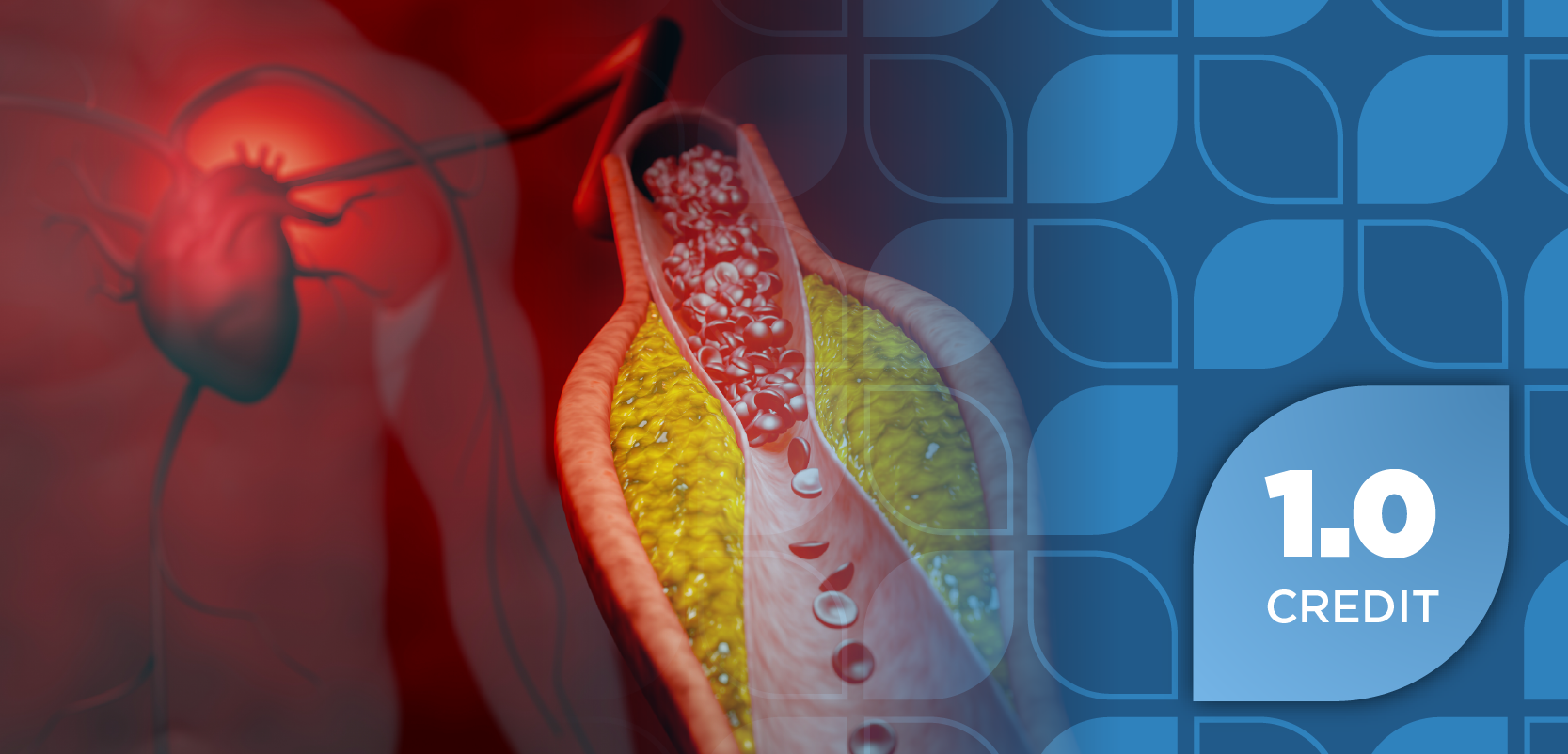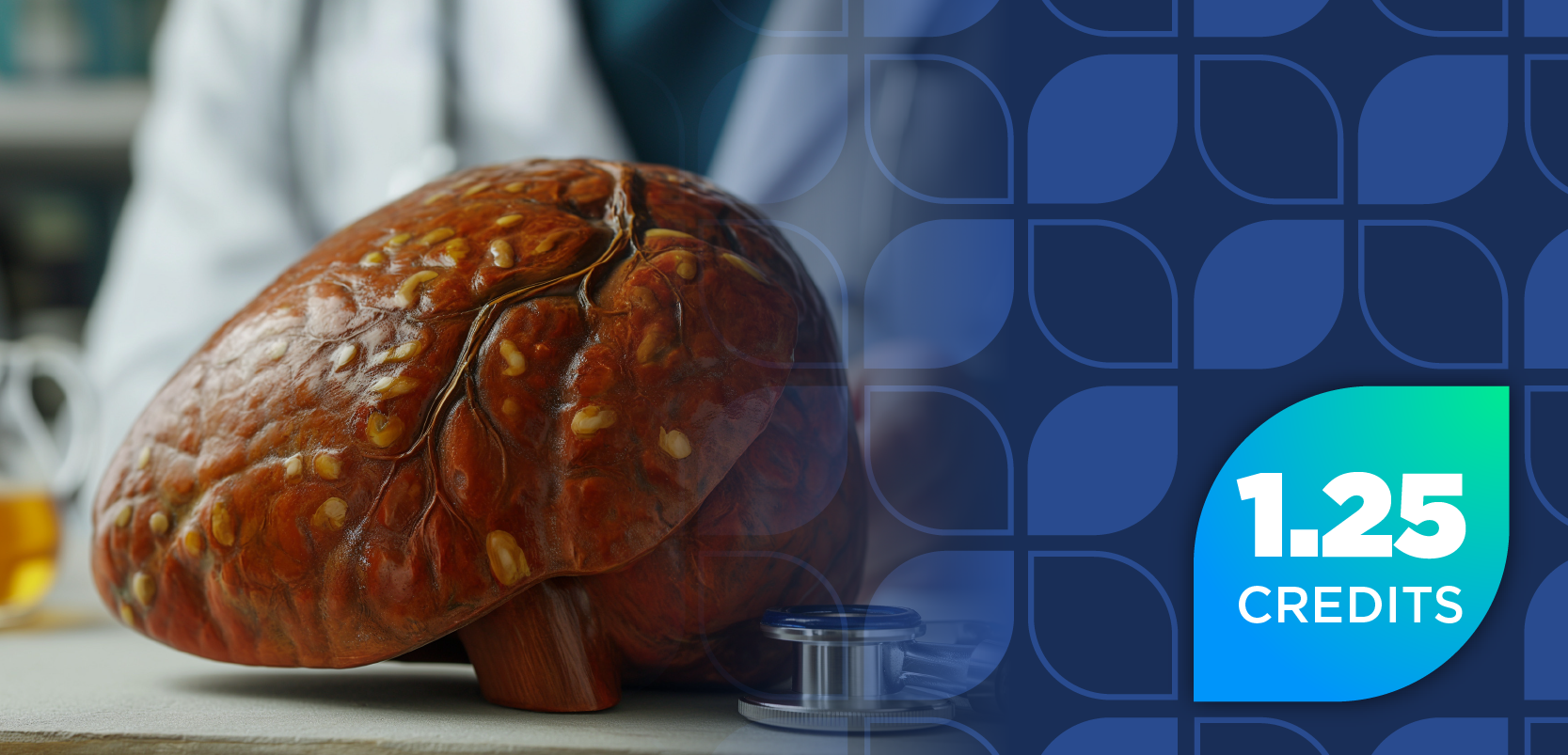
Gastrointestinal Health
Latest News

Latest Videos

CME Content
More News

Herzuma shows promising efficacy and safety as a cost-effective biosimilar for treating HER2+ advanced gastric cancer, offering new hope for patients.

Durvalumab continues to demonstrate efficacy in a variety of cancers, with new data from the phase 3 MATTERHORN trial solidifying its use with chemotherapy in gastric cancer.

The study found biosimilar initiation rose to nearly 42% from 2016 to 2023.

Clostridioides difficile (C difficile) represents a serious public health threat, with pharmacists and advocacy organizations playing critical roles in prevention, education, and management.

Compared with placebo, patients with cholestatic pruritus and primary biliary cholangitis (PBC) receiving linerixibat experienced improved itch and sleep interference.

Pharmacists can promote prevention through the implementation of antimicrobial stewardship initiatives and advocate for fecal microbiota transplant.

The new indication for guselkumab in Crohn disease builds off a previous approval in ulcerative colitis, providing patients a treatment option for the major forms of inflammatory bowel disease.

The combination was approved for treatment of patients with gastroesophageal junction (GEJ) adenocarcinoma.

The treatment is currently undergoing evaluation in an investigational preclinical program and is projected to be in human trials in 2026.

The designation was granted after positive results from the phase 1 STOMP-I clinical trial (NCT01915927).


The authors are optimistic that this method can be replicated to identify other allergens that manifest into eosinophilic esophagitis (EoE).

BR55, an injection of perfluorobutane/nitrogen lipopeptide-coated microbubbles, could aid in the detection of angiogenesis and allow for earlier diagnosis in patients with Crohn disease.

For pharmacists wondering whether bismuth quadruple therapy still reigns as the gold standard, the wait is over—the latest recommendations are here.

The model also predicted prevalent cases of decompensated cirrhosis would more than triple, incident liver cancer cases would nearly double, and transplant almost quadruple.

Lu-edotreotide (ITM-11; ITM) met its primary endpoint of prolonging progression-free survival (PFS).

The authors note that this may cause disruptions in the metabolic stability of lipid processing and storage, impacting the liver and accelerating damaging adaptative responses.

Biosimilar use is not linked to an increased risk of treatment failure among pediatric patients with inflammatory bowel disease (IBD).

Recommendations help influence the rate of gastric emptying, improve compliance, and prevent interruption of weight loss for patients.

This is mirikizumab’s second FDA-approved indication in inflammatory bowel disease.

The tablets are indicated for treatment of adults with chronic idiopathic constipation, with further research needed to assess efficacy and safety in children.

Adherence to thiopurine medications after 6 months of use was 87.9% under direct pharmacist care but 65.7% under general practitioner guidance.

Ustekinumab-stba (Steqeyma; Celltrion) is a subcutaneous treatment for adult and pediatric patients with plaque psoriasis arthritis, psoriatic arthritis, Crohn disease, and ulcerative colitis.

The risk of therapy duplication with OTC and prescription PPIs can be lowered with an innovative, multi-faceted, and intentional approach by pharmacy teams and prescribers.

The primary end point of clinical remission at week 26 was met, with 36.7% of individuals treated with RHB-104 achieving clinical remission.



























































































































































































































